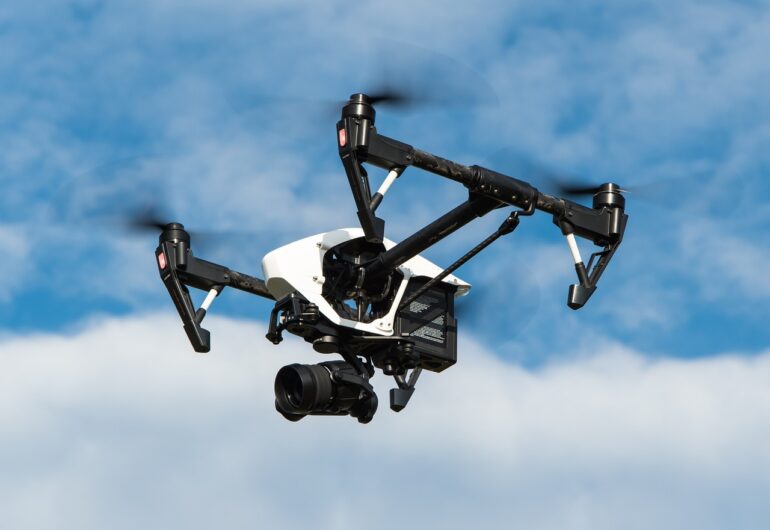Published: Oct 22, 2025 · By Santosh K.
In 2025, artificial intelligence stands at a defining crossroads. Generative AI has evolved beyond hype, moving from early-stage experiments to large-scale implementation. The focus is no longer on what AI can do—it’s on how reliably it can integrate, scale, and deliver measurable results. Businesses, creators, and consumers are now learning to adapt to this new maturity stage, marked by better performance, smarter tools, and an urgent demand for ethical governance.
1. From Experiments to Enterprise Transformation
Until recently, generative AI was treated as a creative novelty, something to test, tweak, and admire. Now it’s becoming the foundation of serious enterprise systems. Companies are embedding AI models into their daily workflows: automating customer service, generating documents, analyzing contracts, and even planning operations. The shift from “Let’s test this idea” to “Let’s run our business with this” marks the true beginning of AI maturity.
As organizations scale up, the real challenge becomes operational stability, monitoring outputs, managing model versions, and preventing drift or bias. The most successful AI strategies are those that treat AI as a core product, complete with maintenance, support, and governance structures, rather than a one-off experiment.
2. Smarter Scaling with Data and Models
The obsession with size, larger models, bigger datasets, is fading. Instead, 2025 is all about smarter scaling. Thanks to improved architectures and optimized datasets, smaller and more efficient models now rival the performance of giant ones, while dramatically reducing costs. This makes AI more accessible to startups and small businesses, not just tech giants. The next phase of AI growth isn’t about who has the biggest model, it’s about who uses it most intelligently.
3. The Rise of Agentic AI
AI systems are becoming autonomous. Instead of simply assisting users, they are starting to act on behalf of them, analyzing data, planning tasks, and executing multi-step actions without manual input. This evolution from “co-pilot” to “agent” represents a massive leap in capability. Imagine an AI that not only writes your email but also schedules meetings, confirms details, and files the conversation for record-keeping. That’s the new horizon of agentic AI.
However, autonomy brings responsibility. As these systems make more independent decisions, issues like safety, accountability, and transparency are critical. Businesses need to define clear parameters and supervision protocols before giving AI the steering wheel.
4. Trust, Safety, and Governance
As AI tools become more powerful, governance has shifted from being optional to essential. In 2025, companies are appointing dedicated AI ethics officers, deploying auditing systems, and developing policies for data privacy and responsible use. Security is another growing concern, AI models can be exploited, poisoned, or manipulated, which makes oversight even more vital. Regulators around the world are catching up, and businesses that build trust early will lead the race for adoption.
Responsible AI means understanding not just what models produce, but how they think. Transparency, knowing the logic, datasets, and intent behind AI decisions, is now part of brand reputation. In short, trust has become a competitive advantage.
5. AI for Everyone
Another defining trend of 2025 is accessibility. AI tools are no longer limited to developers and engineers. New platforms allow non-technical professionals to create workflows, generate insights, and even fine-tune AI behavior using natural language. This democratization means anyone, from teachers to small business owners, can use AI meaningfully in their daily work.
The most successful organizations will be those that invest in human-AI collaboration, training employees to use AI creatively rather than fear it. The coming year is less about automation and more about augmentation, AI amplifying human capability, not replacing it.
6. The New Creative Partnership
Generative AI has changed how we create content, but 2025 is pushing that relationship further. We are moving toward hybrid creative models where humans provide context, emotion, and storytelling, while AI handles structure, pattern recognition, and scale. Whether in marketing, design, or research, the magic lies in balance, letting AI handle the repetitive groundwork while humans focus on vision and meaning.
Collaboration is the new competition. Those who know how to direct AI effectively, through prompts, creative guidance, and strategic vision, will outpace those who resist it.
Conclusion
2025 marks a major shift from speculation to execution in the world of artificial intelligence. Generative AI is no longer a novelty, it’s a necessity. The technology is scaling, governing itself, and becoming increasingly human-aware. For businesses, this means transforming workflows, strengthening ethical frameworks, and rethinking creativity. For individuals, it means learning how to work with AI rather than against it.
The future of AI is not about machines replacing humans, it’s about machines empowering humans to think, create, and achieve more. Those who embrace this partnership today will define the digital landscape of tomorrow.
Author: Santosh K. · Contact · Published on ThinkBothub




